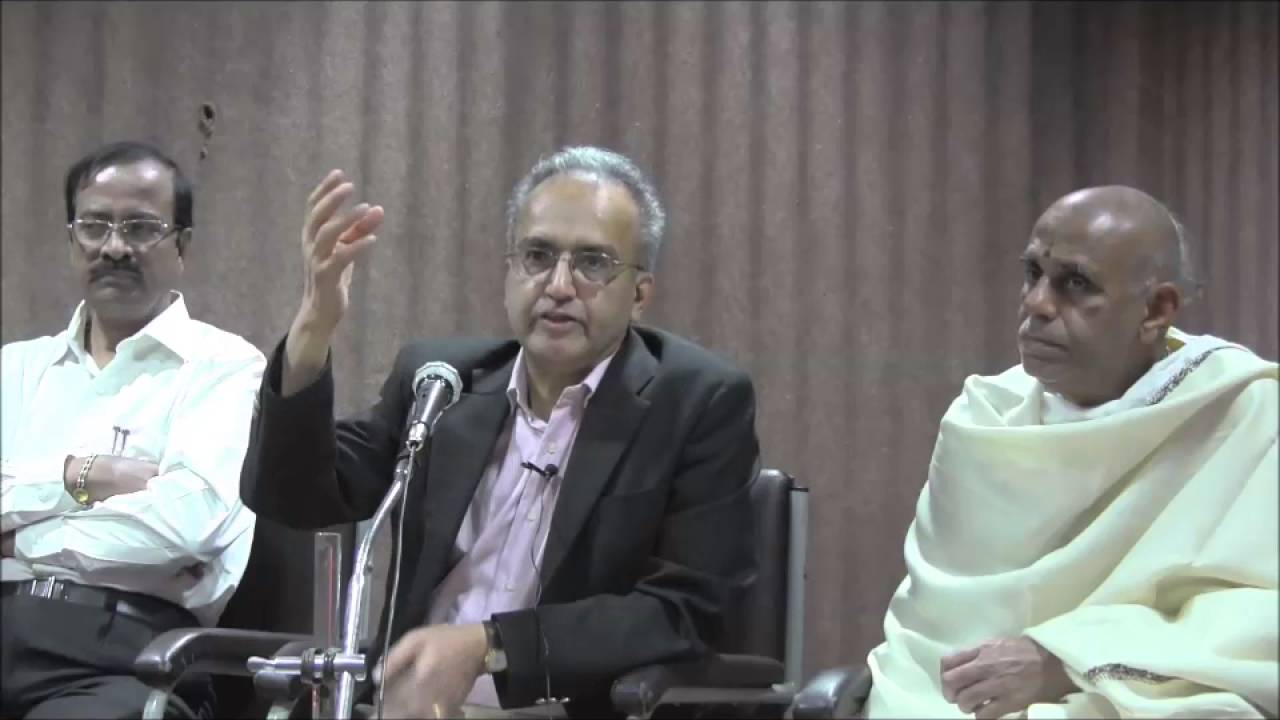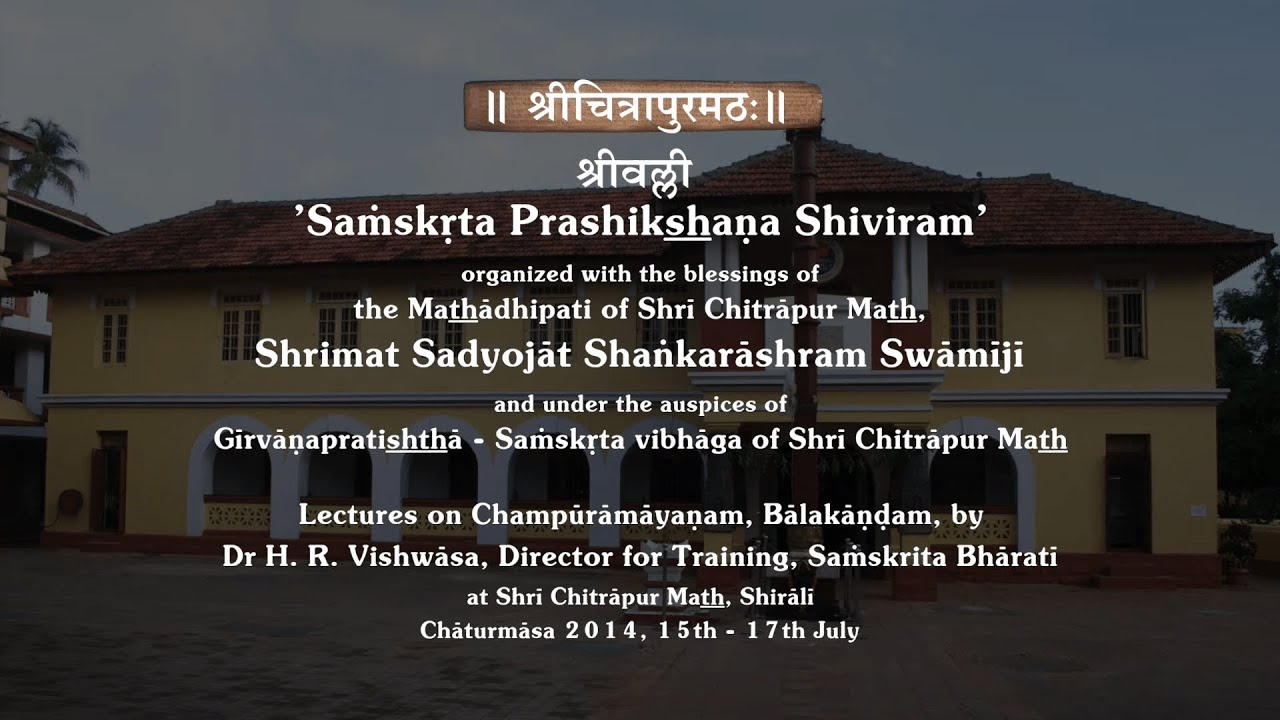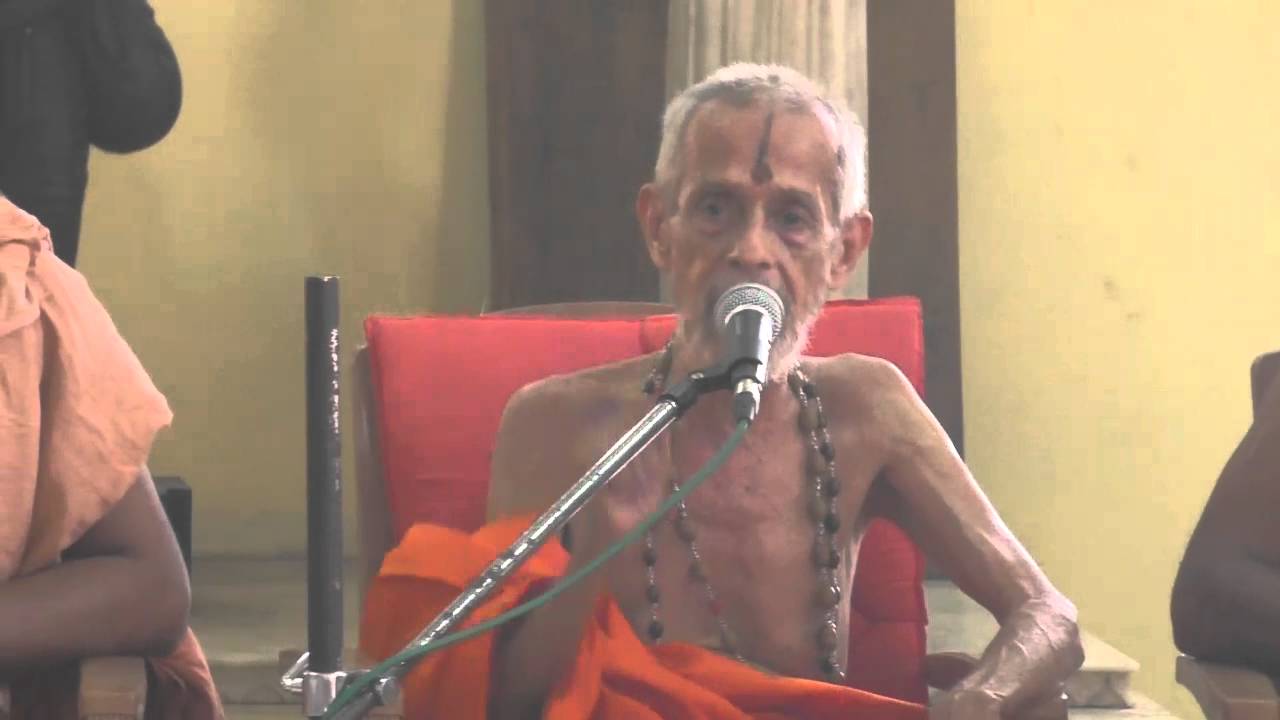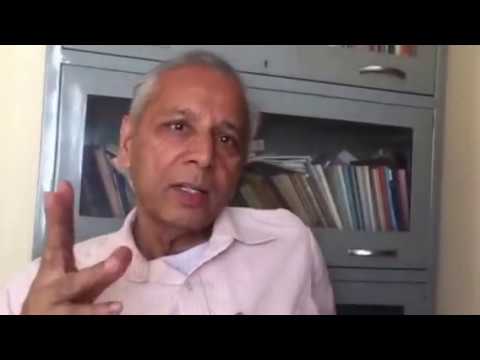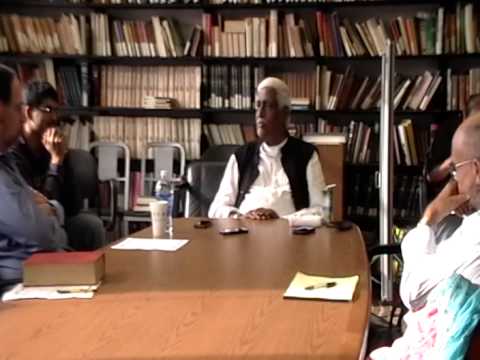I translate Pali Canonical Suttas to Sanskrit, English & Tamil. For example this sutta I did yesterday (the first sutta from Itivuttaka) which, Sanskrit & Pali, I present interlinearly below to show just how verbatim they are:
P: itivuttaka
S: ityuktakam
P: lobhasutta
S: lobhasūktam
P: vuttañhetaṃ bhagavatā, vuttamarahatāti me sutaṃ –
S: uktaṃ hi etad bhagavatā , uktam arhatā, iti mayā śrutam -
P: "ekadhammaṃ, bhikkhave, pajahatha, ahaṃ vo pāṭibhogo anāgāmitāya.
S: “ekadharmam bhikṣavaḥ prajahita, ahaṃ vaḥ prātibhāvyo 'nāgāmitāyai .
P: katamaṃ ekadhammaṃ?
S: katamam ekadharmaṃ?
P: lobhaṃ, bhikkhave, ekadhammaṃ pajahatha, ahaṃ vo pāṭibhogo anāgāmitāyā"ti.
S: lobham, bhikṣava, ekadharmaṃ prajahita, ahaṃ vaḥ prātibhāvyo 'nāgāmitāyai.” iti
P: etamatthaṃ bhagavā avoca.
S: etam arthaṃ bhagavān avocat .
P: tatthetaṃ iti vuccati –
S: tatra etad api ucyate –
P: "yena lobhena luddhāse, sattā gacchanti duggatiṃ,
S: “yena lobhena lubdhāsaḥ sattvā gacchanti durgatiṃ
P: taṃ lobhaṃ sammadaññāya, pajahanti vipassino,
S: taṃ lobhaṃ samyag ājñāya prajahati vipaścitaḥ
P: pahāya na punāyanti, imaṃ lokaṃ kudācana"nti.
S: prahāya na punar āyānti imaṃ lokaṃ kadācana” iti
P: ayampi attho vutto bhagavatā, iti me sutanti.
S: ayam api artho ukto bhagavatā, iti mayā śrutam iti.
The full sūkta (in Sanskrit translation):
lobha sūktam
uktaṃ hi etad bhagavatā , uktam arhatā, iti mayā śrutam -
“ekadharmam bhikṣavaḥ prajahita, ahaṃ vaḥ prātibhāvyo 'nāgāmitāyai .
katamam ekadharmaṃ?
lobham, bhikṣava, ekadharmaṃ prajahita, ahaṃ vaḥ prātibhāvyo 'nāgāmitāyai.”
etam arthaṃ bhagavān avocat . tatra etad api ucyate -
“yena lobhena lubdhāsaḥ sattvā gacchanti durgatiṃ ।
taṃ lobhaṃ samyag ājñāya prajahati vipaścitaḥ ।
prahāya na punar āyānti imaṃ lokaṃ kadācana” iti ॥
ayam api artho ukto bhagavatā, iti mayā śrutam .
In English Translation
Avarice
This was said by bhagavān, said by the arhat, so I have heard:
“Abandon one thing, bhikṣus, and I guarantee you non-return.
What one thing? Avarice — bhikṣus, abandon this one thing, and I guarantee you non-return.”
This is what bhagavān said. It’s also said –
“Having become overcome by avarice, beings go to a bad destination,
that avarice the wise, having rightly understood, abandon;
having abandoned it, they don’t return to this world ever again.”
This too was said by bhagavān, so I have heard.
In Tamil Translation:
பேராசை
இது பகவான் புத்தரால், அருஹதரால் சொல்லப்பட்டது என்று கேள்விப்பட்டிருக்கிறேன்.
“துறவிகளே, ஒன்றே ஒன்றை கைவிடுங்கள், விட்டீர்களென்றால் உங்கள் மறுபிறவியின்மைக்கு நான் உறுதியளிப்பேன்.
அந்த ஒன்று எது?
பேராசை, துறவிகளே - அந்த ஒன்றை மட்டும் கைவிடுங்கள், விட்டீர்களென்றால் உங்கள் மறுபிறவியின்மைக்கு நான் உறுதியளிப்பேன்.
பகவான் இதை தான் சொன்னார். மேலும் :
பேராசையால் சிக்கிய மக்கள் கெட்ட கதியை அடைகிறார்கள்.
அந்த பேராசையின் தன்மையை உணர்ந்த அறிவாளி அதை விட்டுவிடுகிறான்.
பேராசையை விட்டவர்களுக்கு மறுபிறவி கிடையவே கிடையாது”
என்பதையும் அந்த பகவான் புத்தர் சொன்னார் - என்று கேள்விப்பட்டிருக்கிறேன்.
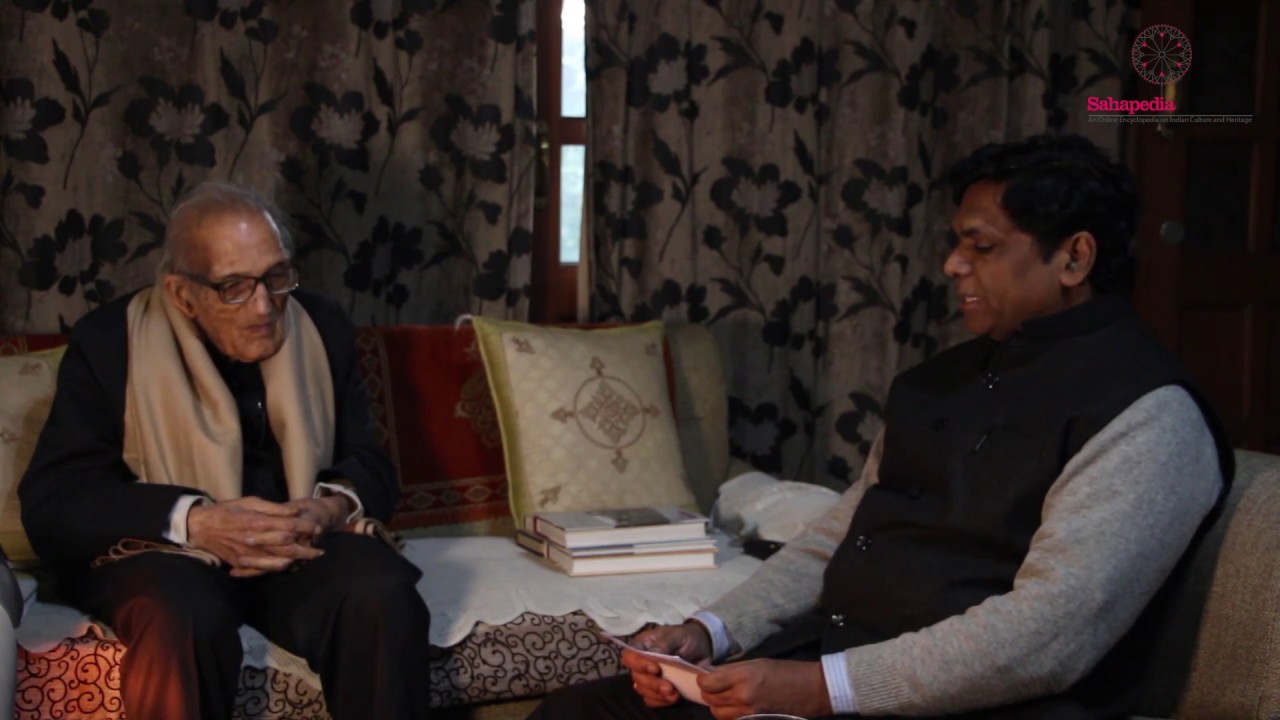
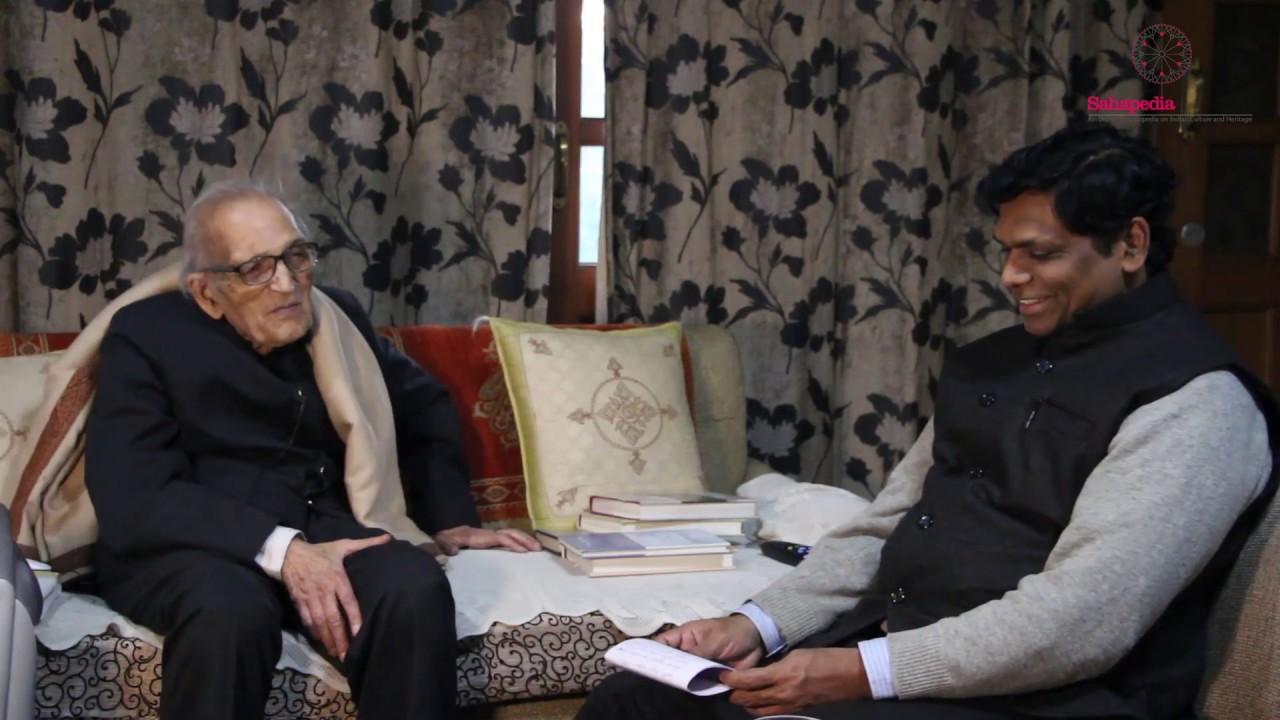

![Sanskrit speech by Sringeri Sankaracharya Sri Bharathi Theertha Mahaswamiji on Sanskrit[FULL]](https://scdd.sfo2.cdn.digitaloceanspaces.com/uploads/original/3X/7/6/762962081014805a9f25f8f3f2307b8706d36836.jpeg)
